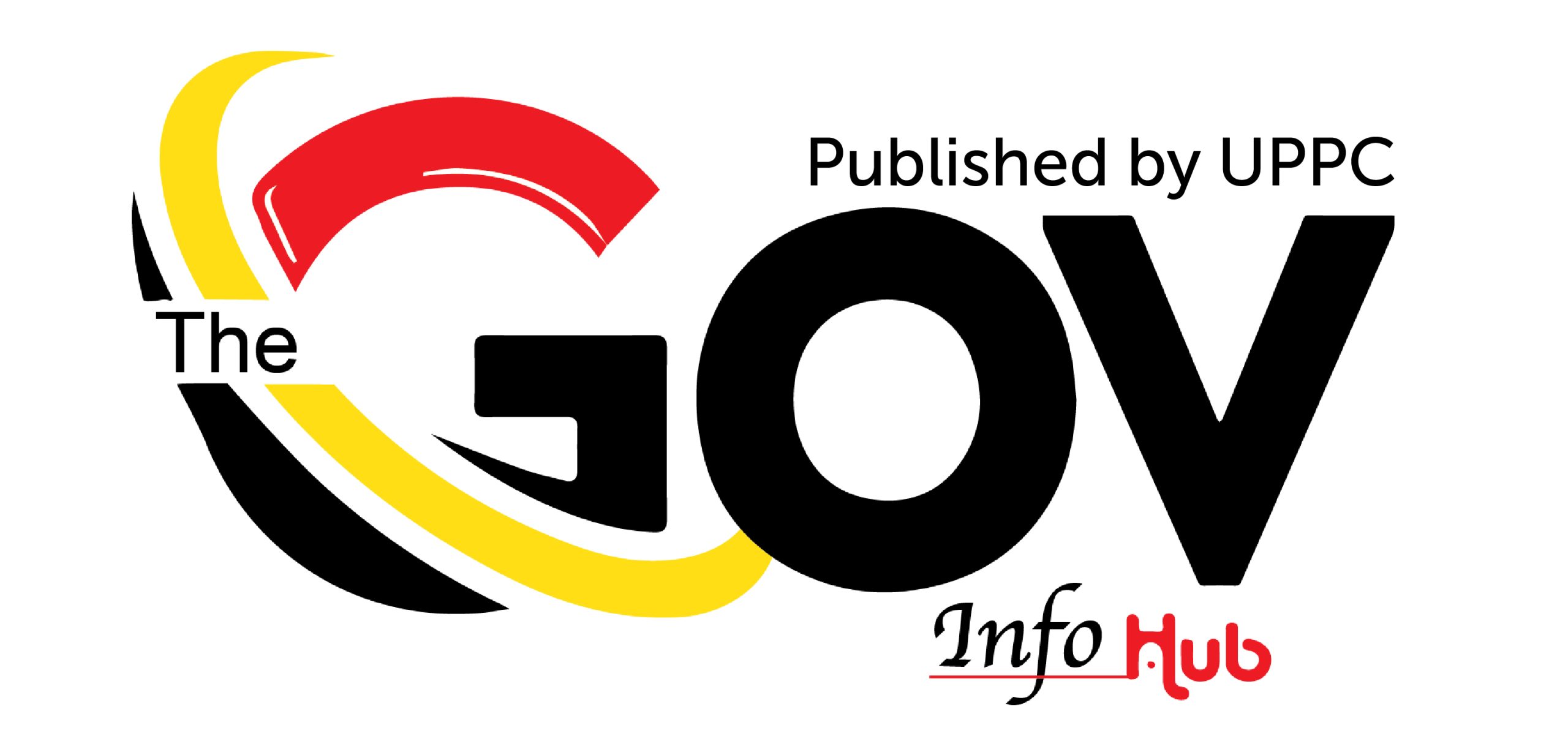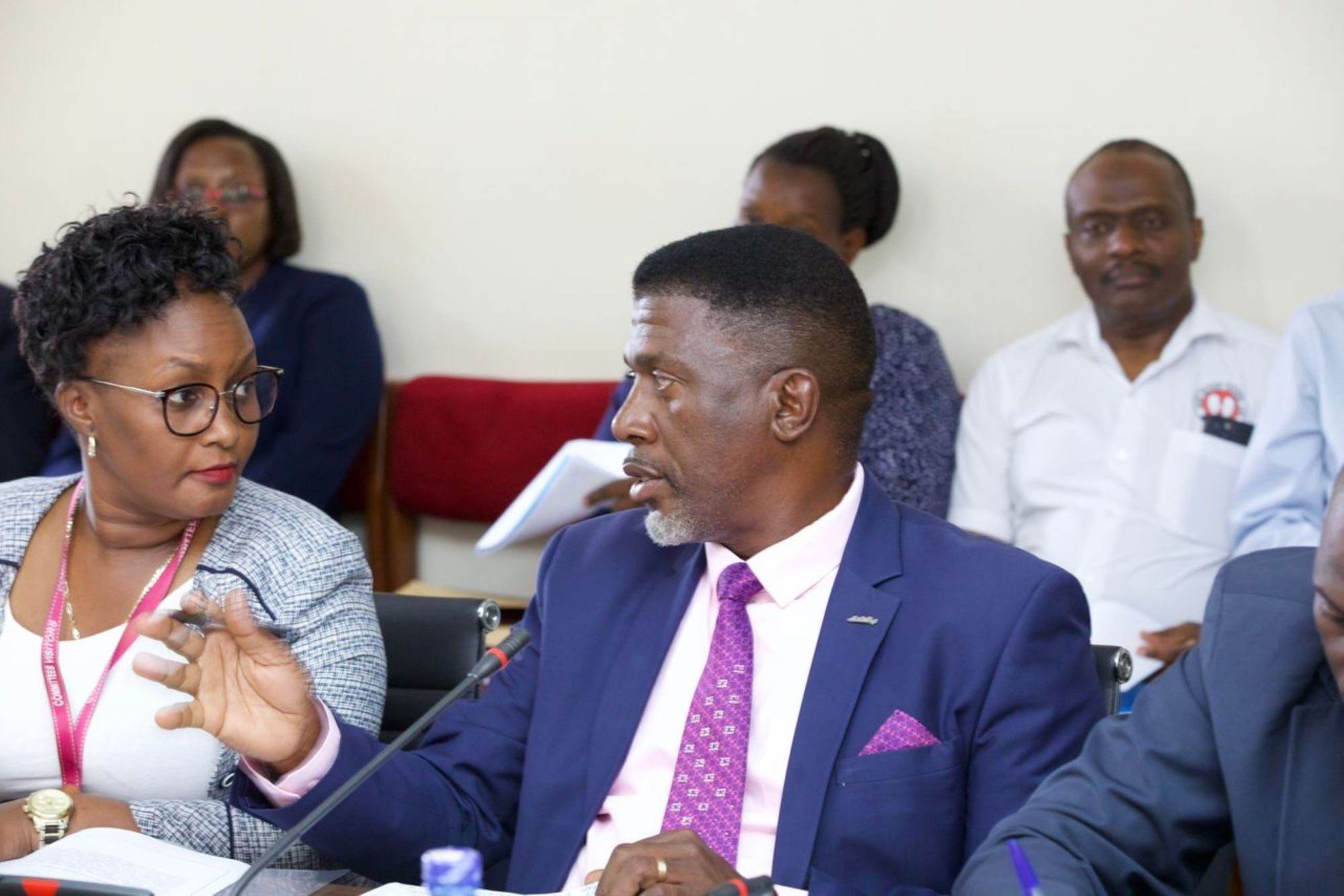The Kampala Capital City Authority (KCCA) has submitted a bold request to Parliament: an annual budget allocation of Shs35 billion to establish a general hospital in each of the city’s five divisions.
Positioned as a long-overdue remedy for Kampala’s overstretched healthcare system, the proposal aims to reduce congestion at national referral hospitals and better address the capital’s growing urban health demands. However, with significant funding gaps, aging infrastructure, and persistent sanitation challenges, the question remains—will Parliament endorse the plan, or balk at its cost?
On Thursday, April 3, 2025, a KCCA delegation led by the Minister for KCCA and Metropolitan Affairs, Hon. Kyofatogabye Kabuye appeared before Parliament’s Committee on Health to present the proposal. The envisioned city hospitals, they argued, would function as intermediary referral centers, easing the burden on overtaxed national facilities like Mulago and Kawempe hospitals.
“Upgrading KCCA-managed health facilities to city hospital status will enable us to expand service delivery, serve as referral buffers, and ultimately decongest national hospitals,” said Dr. Sarah Zalwango, KCCA’s Acting Director for Public Health.
Currently, Kampala operates two Health Center IVs, four Health Center IIIs, and two Health Center IIs—many of which are severely overcrowded. Kawaala HCIV, for instance, records delivery numbers nearly on par with Kawempe National Referral Hospital, according to Hon. Kyofatogabye.
“Our Health Centers are already functioning at the level of hospitals. Kampala serves over five million people daily, including many from upcountry—Lira to Kigezi—who pass through the city and may fall ill,” he noted.
However, KCCA faces major hurdles with existing infrastructure. Dr. Zalwango revealed that maintenance budgets for current facilities have been neglected for the past three financial years. Furthermore, establishing full-fledged hospitals would require land expansion—especially for facilities like Kisenyi HCIV, Kitebi HCIII, Bukoto HCII, and Kisugu HCIII.
In addition to infrastructure concerns, Members of Parliament raised a more foundational issue: the city’s broken sewerage and drainage systems, which they argue pose an even greater public health risk than hospital overcrowding.
“You can treat diseases, but they’ll keep recurring due to water pollution. People discharge sewage into the drainage system during the rainy season,” said Hon. Florence Nebanda (NRM, Butaleja District Woman MP).
She cited recent flooding in Kampala that claimed lives and disrupted businesses, warning that such conditions also tarnish the city’s image and threaten tourism and trade.
“Imagine the capital city of a nation constantly flooding. This affects not just health but our national image. Tourists won’t visit a city that floods,” she added.
Hon. Josephine Bebona (Bundibugyo District Woman MP) echoed these concerns, recounting experiences in downtown Kampala where open sewage interfered with business operations—calling it both a health hazard and an economic threat.
Although the Shs35 billion proposal may appear significant, it barely scratches the surface of what KCCA says it needs. According to Dr. Zalwango, the Directorate of Public Health and Environment requires Shs186.98 billion to effectively fulfill its mandate for the 2025/26 financial year. So far, it has only been allocated Shs15.31 billion—leaving a staggering funding gap of Shs171.67 billion.
This stark contrast underscores a broader issue: the tension between ambition and budgetary reality. While Parliament may support expanding access to healthcare in principle, the feasibility of accommodating such a costly plan within the national budget remains uncertain.
The concept of a hospital in every division is undeniably attractive. It promises decentralized, accessible healthcare, reduced pressure on national referral centers, and improved services for Kampala’s rapidly growing, transient population. Yet lawmakers caution that building new hospitals alone won’t resolve the city’s deeper health challenges—especially not without addressing untreated sewage, urban flooding, and chronic underfunding.
In the weeks ahead, Parliament will face a critical decision: Is this proposal a strategic investment in a healthier, more resilient Kampala—or merely a costly band-aid lacking the necessary infrastructure to succeed?
Regardless of whether the Shs35 billion is approved, one thing is clear: Kampala needs more than just hospitals. It needs a comprehensive overhaul that integrates infrastructure, sanitation, sustainable funding, and long-term urban planning.


